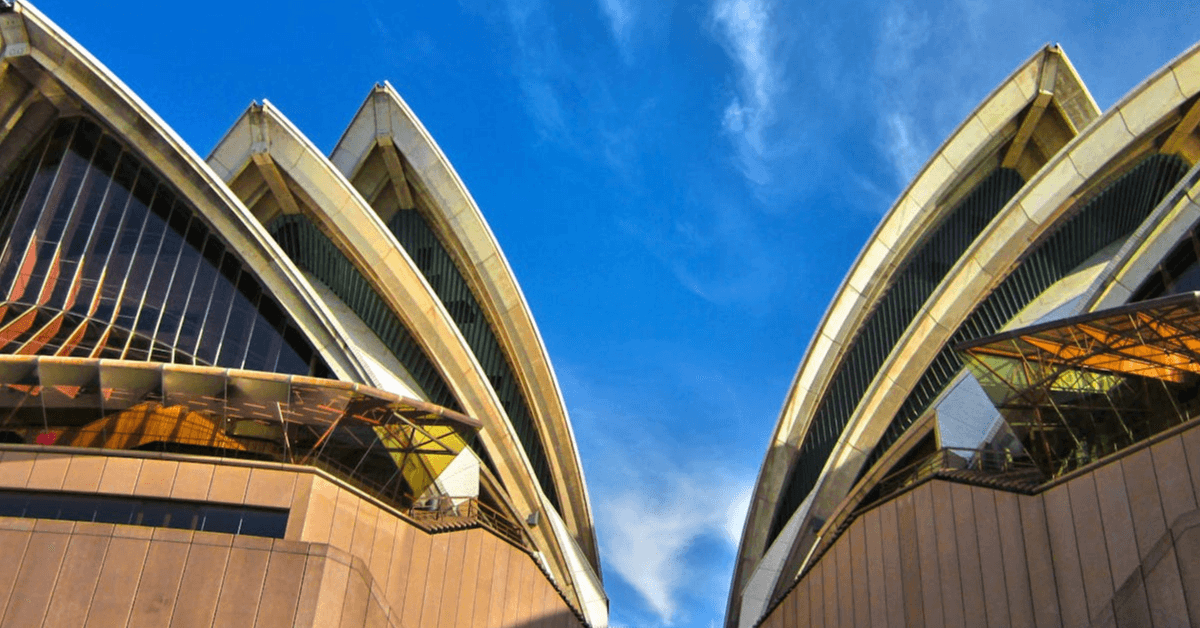If you’re living in Australia on a temporary visa and planning to stay long-term, the next step is applying for Australian permanent residency.
This pathway can lead to greater stability, more benefits, and even the opportunity to become an Australian citizen.
Understanding your options, the requirements, and how to prepare can help you make informed decisions about your future.
Understanding Permanent Residency
Becoming an Australian permanent resident means you have the right to live, work, and study in the country indefinitely.
You can also access Medicare, sponsor eligible family members for visas, and eventually apply for citizenship.
Unlike temporary visas, permanent residency offers more freedom and security in both your personal and professional life.
There are several visa options available, depending on your background; whether you’re working, studying, or living with family in Australia.
Key takeaway: Permanent residency gives you long-term benefits and the freedom to build your life in Australia without time restrictions.
Common Pathways from Temporary to Permanent Residency
There’s no one-size-fits-all approach to gaining Australian permanent residency. Your best pathway will depend on your current visa, work experience, qualifications, and personal circumstances. Here are some of the most common routes:
1. Employer-Sponsored Pathway
If you’re on a temporary skilled visa like the Temporary Skill Shortage (TSS) 482, your employer may be able to sponsor you for a permanent Employer Nomination Scheme (ENS) 186 visa. You typically need to have worked for your sponsor for at least three years and meet age and skills requirements.
2. Skilled Migration Pathway
If you’re working in an occupation on the skilled occupation list and meet the points test, you may qualify for permanent residency through a Skilled Independent (189) or Skilled Nominated (190) visa. This route often requires a skills assessment, English language proficiency, and an invitation through the SkillSelect system.
3. Partner and Family Visas
If you’re in a genuine relationship with an Australian citizen or permanent resident, or have family living in Australia, you might be eligible for permanent residency through a Partner or Parent visa. These visas usually begin with a temporary stage before leading to permanent residency.
4. Graduate to Skilled Pathway
Many international students apply for a Temporary Graduate (485) visa after their studies, which allows them to gain work experience.
This can later be used to apply for skilled permanent visas if the occupation is relevant and you meet the requirements.
Key takeaway: Your pathway to permanent residency depends on your visa type, skills, and circumstances, and multiple options may be available to you.
Meeting the Key Requirements
Regardless of the pathway you take, there are general requirements that most permanent visa applicants must meet. These often include:
- English language proficiency
- Meeting health and character checks
- Relevant work experience or qualifications
- A valid skills assessment (for skilled migration)
- Evidence of your time living or working in Australia (depending on visa type)
For employer and skilled migration visas, age limits usually apply (under 45 years), though exemptions can sometimes be granted. You’ll also need to ensure that your visa application is accurate and supported by complete documentation.
Key takeaway: Preparing in advance and understanding the eligibility requirements will make the application process more manageable and improve your chances of success.
What Happens After You Gain Permanent Residency
Once you’ve been granted permanent residency, you can stay in Australia indefinitely, but your visa will initially include a five-year travel facility.
This means you can leave and re-enter Australia during that time. If the travel facility expires, you’ll need a Resident Return Visa (RRV) to re-enter as a permanent resident.
You’ll also become eligible to apply for Australian citizenship after meeting residency and character requirements, including living in Australia for a certain period and demonstrating basic knowledge of the country.
Key takeaway: Permanent Residency opens the door to long-term stability and the possibility of becoming an Australian citizen in the future.
Preparing for Your Application
Before applying for Australian permanent residency, it’s a good idea to gather all relevant documents, including your work history, educational background, English test results, and health checks.
You should also check the current requirements and application process for the visa you’re targeting.
Getting professional advice from a registered migration agent can help if your situation is complex or if you’re unsure which pathway best suits you.
Keeping your records up to date while on your temporary visa will also save time and stress down the line.
Key takeaway: Organisation and early planning can streamline your pathway from temporary resident to permanent status.
Transitioning from temporary resident to Australian permanent resident is a significant step toward building a long-term life in the country.
With several pathways available, understanding your options and preparing thoroughly can make the journey smoother.
Whether you’re sponsored by an employer, applying through the skilled migration system, or joining a partner or family, staying informed will help you move forward with confidence.




